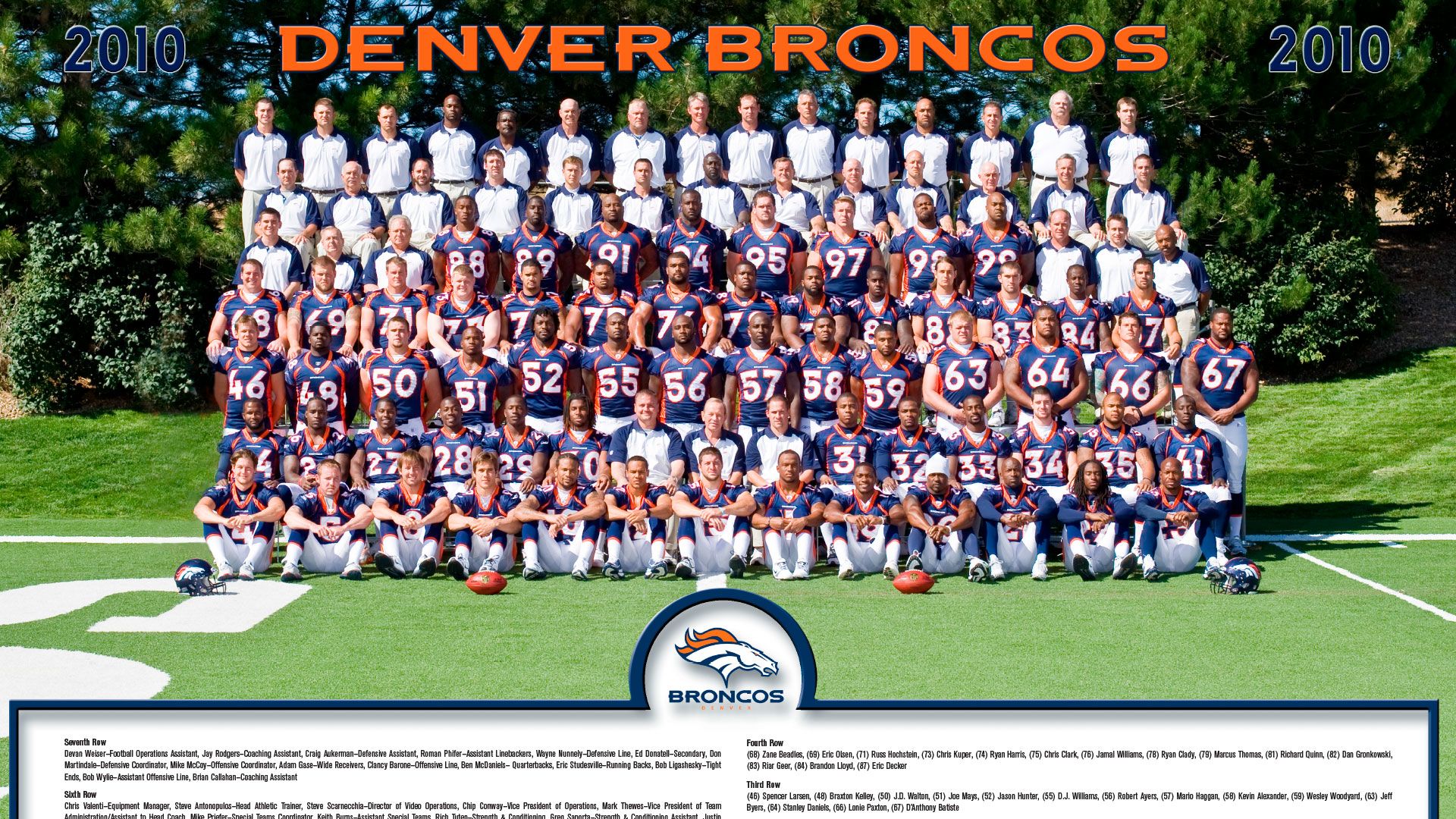Denver Broncos Record: Last Year's Stats

The Denver Broncos, a professional American football team based in Denver, Colorado, compete in the National Football League (NFL) as a member club of the league’s American Football Conference (AFC) West division. As we reflect on their performance from the previous season, it’s essential to understand the context and statistics that defined their year.
Season Overview The 2022 NFL season was a challenging one for the Denver Broncos. With a new coaching staff and several key player changes, the team struggled to find consistency throughout the year. Despite showing glimpses of brilliance in certain games, they ultimately fell short of meeting their preseason expectations.
Final Record The Broncos finished the 2022 season with a record of 5-12, placing them fourth in the AFC West division. This record was a significant decline from their 2021 season, where they had a 7-10 record and were more competitive in their division.
Offensive Performance The Broncos’ offense was a major area of concern last season. They averaged 16.9 points per game, which ranked 32nd in the NFL. Their passing game, led by quarterback Russell Wilson, showed promise at times but was inconsistent. Wilson threw for 3,524 yards with 16 touchdowns and 11 interceptions. The running game was also underwhelming, with the team averaging just 92.9 yards per game on the ground.
Defensive Performance On the defensive side, the Broncos had some bright spots. They allowed an average of 21.1 points per game, which ranked 14th in the league. The pass defense was particularly strong, with the team allowing just 214.6 passing yards per game. However, the run defense struggled, giving up an average of 122.9 yards per game.
Notable Statistics - Total Offense: 5,472 yards (ranked 21st in the NFL) - Total Defense: 5,944 yards (ranked 18th in the NFL) - Turnover Differential: -8 (ranked 27th in the NFL) - Third-Down Conversion Rate: 34.6% (ranked 28th in the NFL) - Red Zone Efficiency: 44.1% (ranked 29th in the NFL)
Key Players and Their Performance - Russell Wilson: 3,524 passing yards, 16 touchdowns, 11 interceptions - Courtland Sutton: 64 receptions, 829 yards, 2 touchdowns - Jerry Jeudy: 67 receptions, 972 yards, 6 touchdowns - Javonte Williams: 204 rushing yards, 0 touchdowns (season cut short due to injury) - Josey Jewell: 130 tackles, 2 sacks, 1 interception
Conclusion The 2022 season was a rebuilding year for the Denver Broncos, filled with challenges and opportunities for growth. While the team’s record was disappointing, there were moments of excellence and areas where they can improve. Heading into the new season, the Broncos will look to address their weaknesses, develop their young talent, and make a push for a better standing in the highly competitive AFC West.
Future Outlook As the Broncos prepare for the upcoming season, fans are eager to see the changes and improvements the team will make. With a seasoned quarterback in Russell Wilson and a defense that showed flashes of brilliance, there is potential for the team to turn their performance around. However, it will require significant strides in consistency, especially on the offensive side, and perhaps some strategic moves in the offseason to bolster their roster.
Enhanced Analysis To better understand the Broncos’ performance and their path forward, let’s delve into some advanced statistics and indicators that might not be immediately apparent from their win-loss record.
Expected Points Added (EPA): This metric measures the difference in expected points at the start of a play compared to the end of the play. The Broncos’ offense had a negative EPA per play, indicating they were losing value on their plays, which is a significant area for improvement.
Defensive Efficiency: The team’s defense was efficient in certain aspects, such as passing yards allowed per game. However, they struggled in run defense, which could be a point of focus for offseason adjustments.
Injury Impact: The Broncos dealt with several key injuries throughout the season, including to their running back Javonte Williams. The impact of these injuries on their overall performance cannot be overstated, as they significantly affected the team’s ability to execute their game plan on both sides of the ball.
By examining these factors and statistics, it becomes clear that while the Broncos face significant challenges, they also have opportunities for improvement and growth. The upcoming season will be pivotal in determining the direction of the franchise and whether they can translate their potential into tangible success on the field.
What were the Denver Broncos' biggest challenges last season?
+The Broncos faced several challenges, including inconsistency on offense, defensive vulnerabilities against the run, and the impact of key injuries to players like Javonte Williams.
How can the Broncos improve their offense?
+Improving the offense will require a combination of strategic offseason moves to bolster the roster, especially in the running back position, and a focus on developing young players. Refining the team's strategies and play-calling to better utilize Russell Wilson's abilities will also be crucial.
What is the outlook for the Broncos' defense?
+The defense showed promise, particularly in pass defense, but struggled against the run. Addressing this vulnerability through offseason adjustments and player development will be key to improving the team's overall defensive performance.
As the NFL continues to evolve, teams must adapt quickly to stay competitive. The Denver Broncos, with their rich history and dedicated fan base, are poised to make significant strides in the upcoming season. By addressing their weaknesses, capitalizing on their strengths, and navigating the complexities of the modern NFL, the Broncos can set themselves up for success and make a push for the playoffs.



